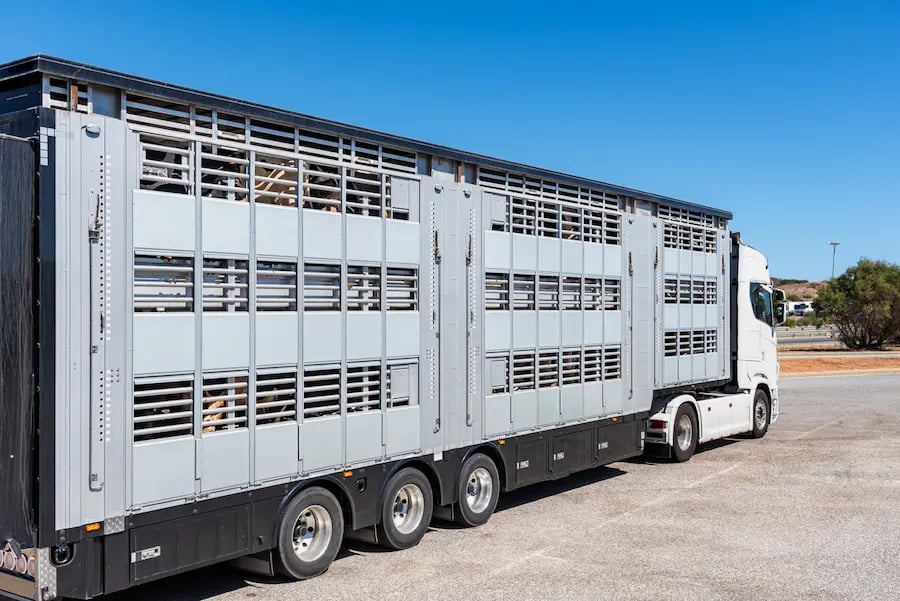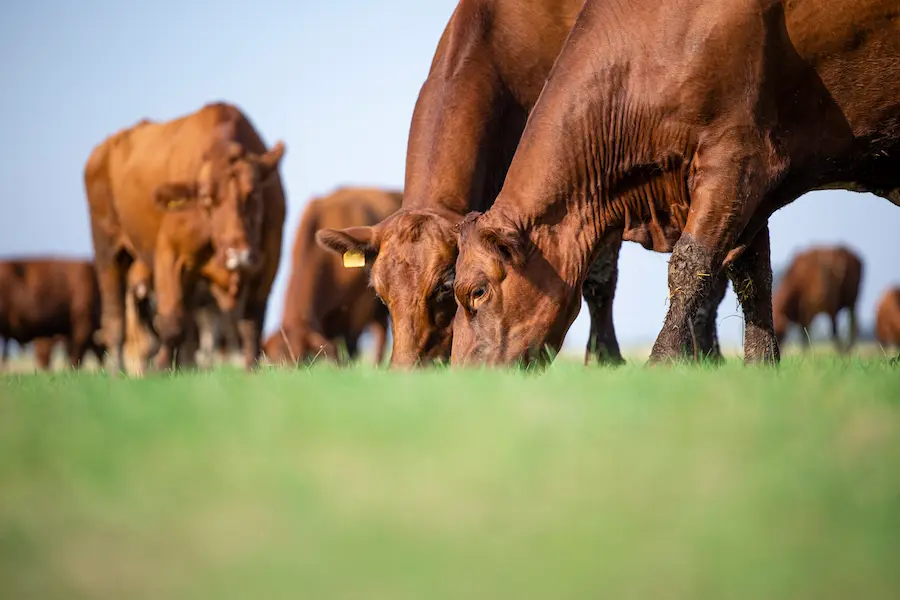Standards of animal welfare in the EU are among the highest in the world. Since 1974 when the first EU legislation on animal welfare was adopted, the European Union (EU) has long been a leader on the topic through the publication of several regulations. The Farm to Fork Strategy adopted by the Commission on 20 May 2020 announced that the Commission would revise the current animal welfare legislation to align it with the latest scientific evidence.
Prefer to listen to this article? Click the play button below and enjoy our podcast!
Concerning cattle, the Commission's preparatory work aimed to revise 1) the Directive on the protection of animals kept for farming purposes, 2) the Directive laying down minimum standards for the protection of calves; and 3) the Regulations on the protection of animals during transport and at the time of killing. In addition, the Commission's preparatory work also aimed to prepare a proposal of new legislation on animal welfare labelling.
What are the expected new rules?
In 7 of December 2023, the EU adopted a proposal of revision of the regulation on the protection of animals during transport which introduces a series of new measures and stricter rules on animal transport. Taking into consideration the five freedoms contained in the Council of Europe Convention for the Protection of Animals Kept for Livestock Purposes [1], it establishes specific rules for the transport of animals, including limits on the duration of transport, the size of transport vehicles and the provision of food and water[2], namely:
- Requires that animals be kept in conditions that meet their biological and behavioral needs: access to food, water, shelter and exercise. Cows are naturally social animals and need to move freely and rest comfortably. It is important that they have access to well-drained pastures where they can graze and shady areas to keep them healthy and productive. For instance, by avoiding the use of tie-stalls, providing thick bedding material to ensure animals are comfortable and healthy. Also, by supplying brushing for cattle in loose housing systems to help them stay clean.[3]
- Prohibits certain practices considered cruel or inhumane: use of live animals for experimentation, as well as use of wild animals in circuses.[4]

- Limits on the duration of transport: The new regulation establishes maximum limits on the duration of transport of live animals, depending on the animal species and the distance to be covered. For example, the transport of live cattle for slaughterhouses cannot exceed 9 hours whereas if they are not intended for slaughterhouses can travel up to 21 hours, pausing for one hour after 10 hours. After resting for 24 hours outside the vehicle, they resume for another 21 hours (with a one-hour break after 10 hours) to reach their destination. Animals must be provided food and water during the resting period. [5]
- Dimensions of transport vehicles: The new regulation establishes minimum requirements for the dimensions of vehicles transporting live animals. Vehicles must be large enough to allow animals to move freely and have access to water and food. [5]
- Temperature during transportation: Transport in extreme temperatures requires careful adherence to conditions. Night transport occurs only if temperatures exceed 30°C. When temperatures drop below 0°C, vehicles must shield animals from wind by covering the compartments and regulating air circulation. If temperatures fall below -5°C, travel duration must be limited beyond specified hours, in addition to the previously mentioned precautions.[5]

Next steps
Following the adoption in December 2023 of the proposal of revision of the regulation on the protection of animals during transport, this legislative proposal will now be submitted to the European Parliament and the Council for agreement.
Concerning other planned legislative proposals (to revise current EU rules on the welfare of animals at farm level, and the protection of animals at the time of slaughter and establish new EU rules on animal welfare labelling), work is still ongoing with the objective of assessing the economic, social and environmental impact of the envisaged changes to the EU animal welfare legislation.
References
[1] FAO, “FAO Global Conference on Sustainable Livestock Transformation - Better Production,” Sep. 2023. Accessed: Nov. 22, 2023. [Online]. Available: https://www.fao.org/webcast/home/en/item/6259/icode/
[2] “Animal welfare,” EUR-LEX. Accessed: Nov. 21, 2023. [Online]. Available: https://eur-lex.europa.eu/EN/legal-content/glossary/animal-welfare.html
[3] “Welfare of dairy cows,” efsa. Accessed: Nov. 22, 2023. [Online]. Available: https://www.efsa.europa.eu/en/infographics/welfare-dairy-cows
[4] “Revision of the animal welfare legislation,” European Comission. [Online]. Available: https://food.ec.europa.eu/animals/animal-welfare/evaluations-and-impact-assessment/revision-animal-welfare-legislation_en
[5] R. Correia, “Novas regras para o bem-estar animal finalmente conhecidas,” Vida Rural. Accessed: Dec. 18, 2023. [Online]. Available: https://www.vidarural.pt/destaques/regras-bem-estar-animal/
About the author
Ana Vanessa Dias Sousa (Researcher FeedInov CoLAB)
With a degree in Veterinary Sciences from the University of Trás-os-Montes and Alto Douro, she worked for five years as a field veterinarian and in a pig and cattle feed factory. She worked in the pharmaceutical industry as a sales manager and technical support for pigs, cattle, rabbits and poultry in mainland Portugal and the Azores. She is currently at Feedinov Colab as a Researcher in the One Health Department.
Explore author’s articles



Leave your comments here